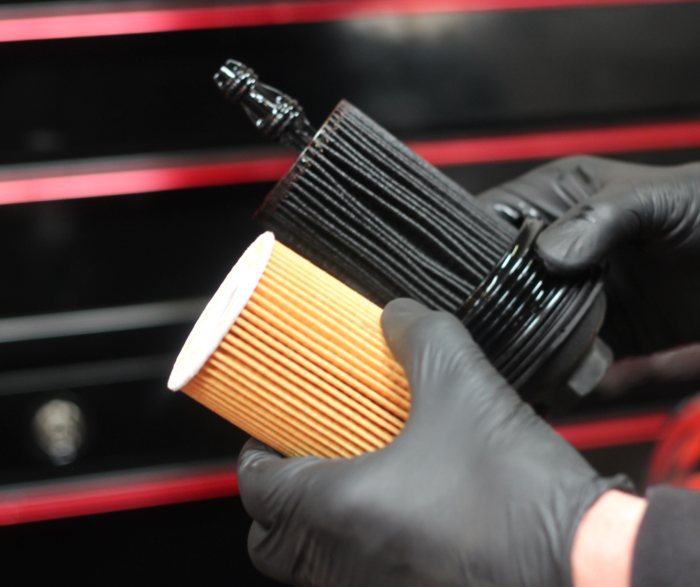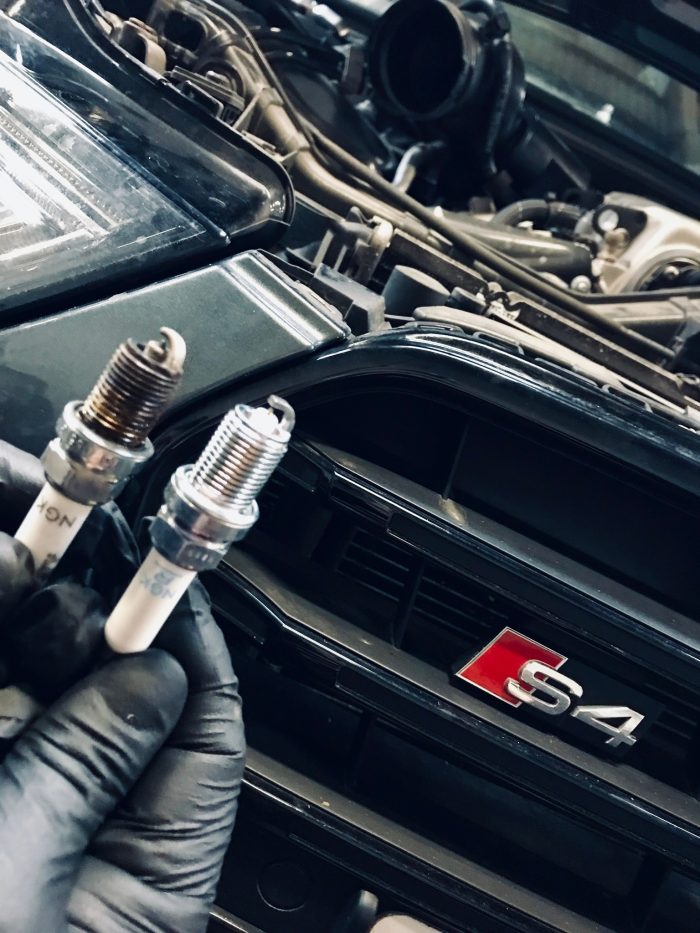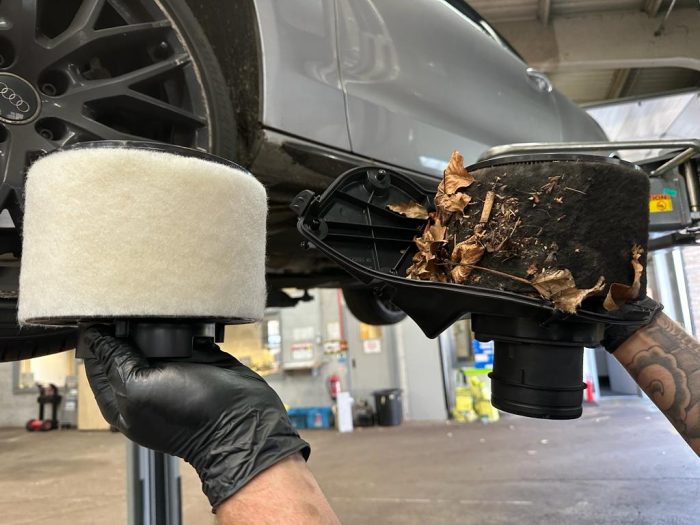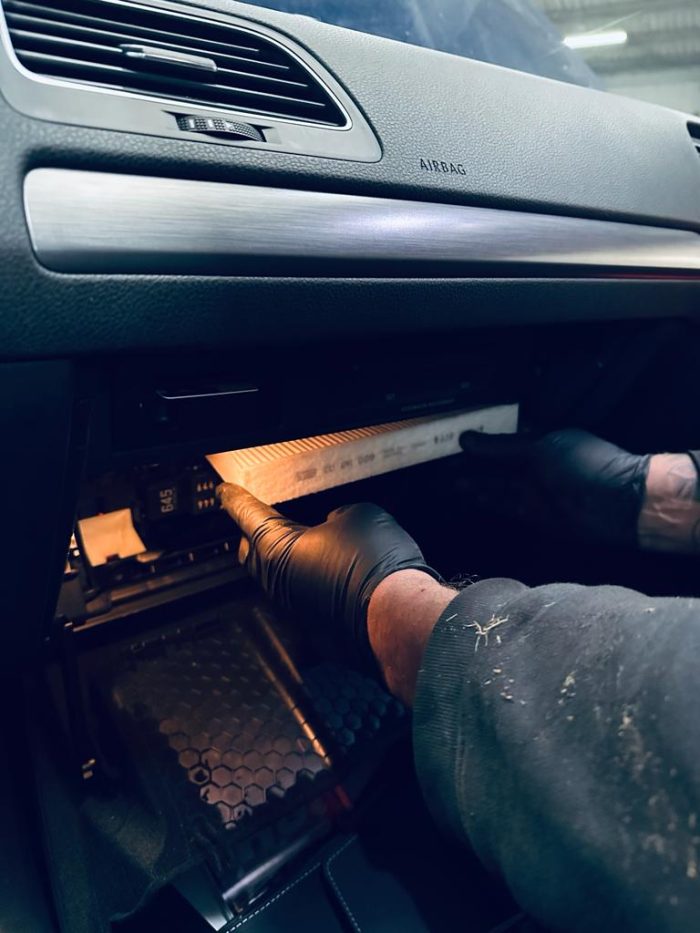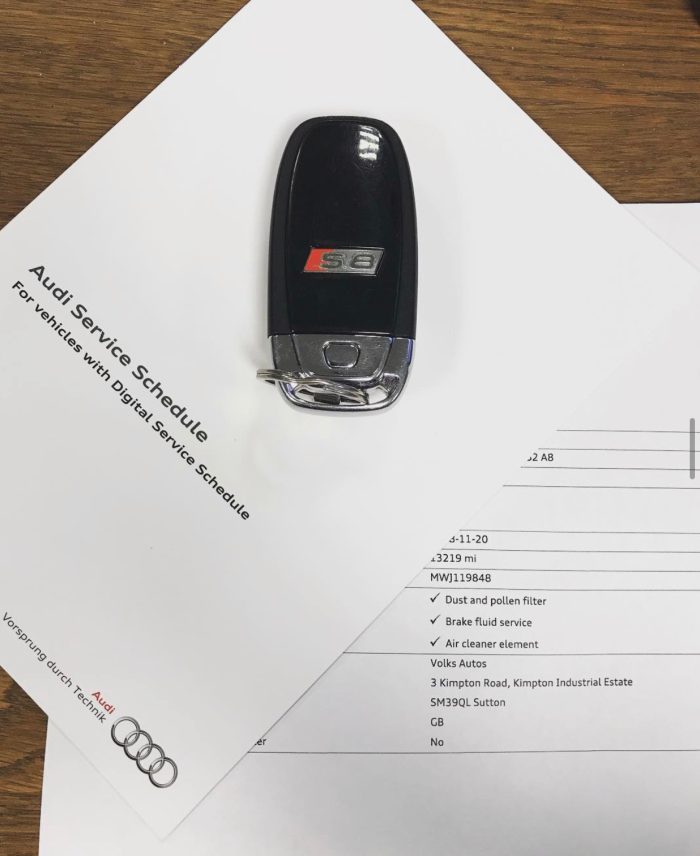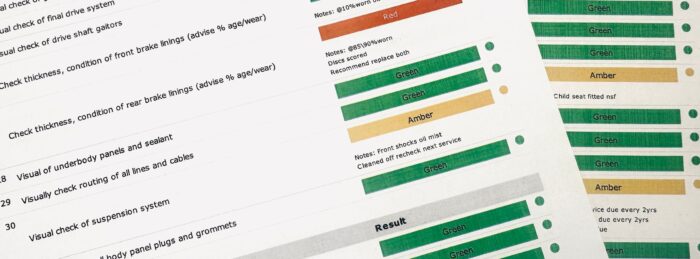Everything You Need to Know About Your Tyre Pressure Monitoring System
The Tyre Pressure Monitoring System (TPMS) in your car is there for a crucial reason: to alert you when one or more of your tyres need inflating. If you see a light pop up on your dashboard that looks like a yellow horseshoe with an exclamation mark in the middle, it’s time to check your tyres.
Why Is My TPMS Light On?
There are a few common reasons why your TPMS light might be triggered:
- Low Tyre Pressure: One or more of your tyres might be low on air.
- Slow Leak: A tyre could have a slow leak that needs attention.
- Faulty Sensor: The sensor itself might be malfunctioning.
Does My Car Have a Tyre Pressure Monitoring System?
Not sure if your car is equipped with TPMS? It’s easy to find out. Check your owner’s manual, or simply turn your key to the “on” position and see if the TPMS warning light appears on your dash.
How Does My TPMS Work?
Depending on your vehicle, TPMS operates in one of two ways:
- Direct TPMS: This system uses sensors mounted inside the wheels to measure the air pressure in each tyre. If the pressure drops 25% below the manufacturer’s recommended level, the sensor sends a signal to your car’s computer, which then triggers the warning light.
- Indirect TPMS: This system works alongside your car’s Antilock Braking System (ABS). If a tyre’s pressure is low, it will rotate at a different speed compared to the other tyres. The ABS sensors pick up on this difference, and your car’s computer triggers the warning light.
Why Is TPMS Important?
Your TPMS is more than just a warning light; it’s a key part of keeping your car safe and running efficiently. Properly inflated tyres last longer, reduce your braking distance, improve fuel economy, and, most importantly, ensure your safety on the road.
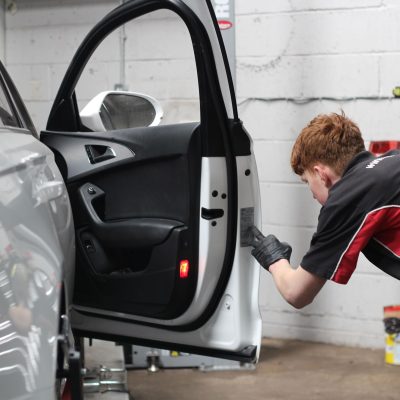
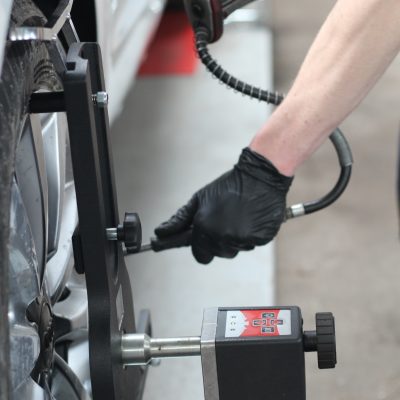
What Should I Do If My TPMS Light Comes On?
If the TPMS light comes on, it’s important to check your tyres as soon as possible:
- Check Your Tyre Pressure: Use a gauge to check that all your tyres are inflated to the correct pressure. You can find the recommended levels in your car’s manual or on a sticker usually located on the driver’s door or fuel flap.
- Inflate Your Tyres: If your tyres are under-inflated, inflate them according to the manufacturer’s specifications.
- Reset The TPMS: After adjusting the tyre pressure, follow the steps in your vehicle’s control panel to reset the system. On some models, simply driving the vehicle will reset the TPMS warning.
What If The TPMS Light Stays On?
If the warning light remains on after you’ve checked and adjusted your tyre pressure, it’s time to bring your car to us. Our experienced, brand-trained technicians can carry out a diagnostic check to identify and resolve any issues with your TPMS, ensuring everything is in top working order.







